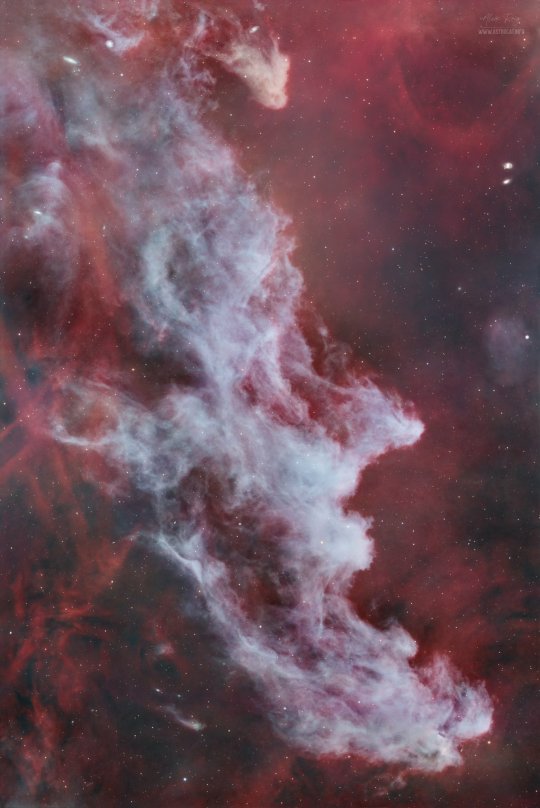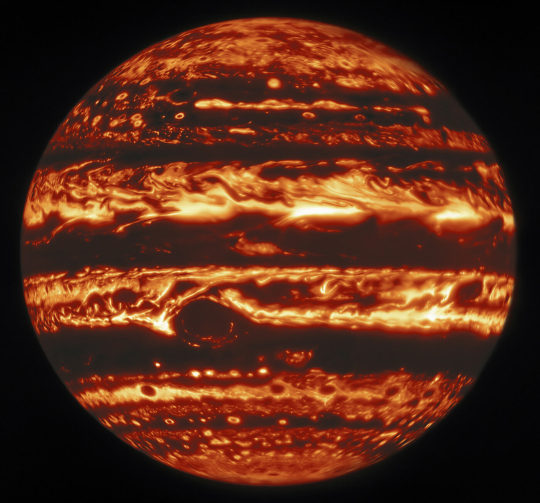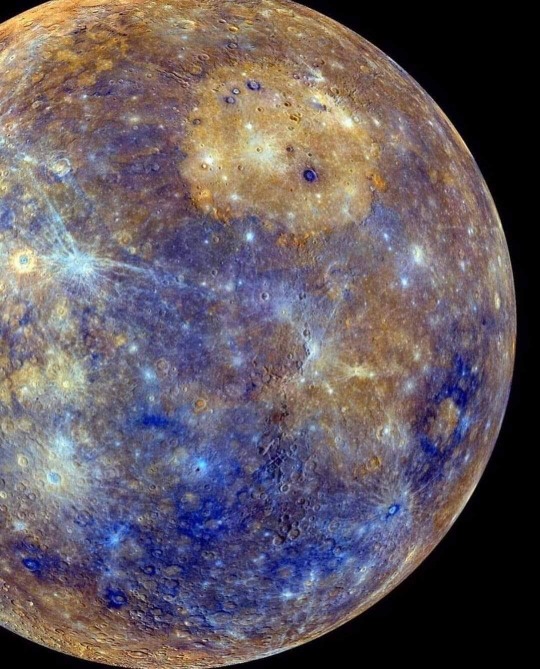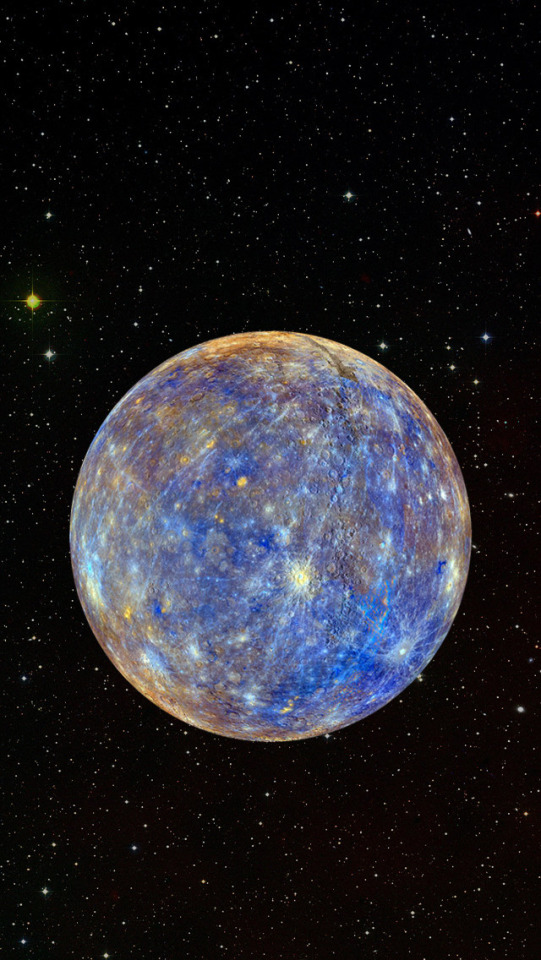#Universe
Text

Full Pink Moon 2024 l Andrew McCarthy
#moon#full moon#astrophotography#astronomy#space#pink moon#night#stars#sky#solar system#nasa#universe#galaxy#planets
669 notes
·
View notes
Text





Saturn and its rings in visible/ultraviolet
#saturn#ultraviolet light#visible light#cassini#space#astrophotography#planet#solar system#universe#astronomy#nasa#galaxy#stars#night sky#cosmos
966 notes
·
View notes
Text

NGC 3372, Eta Carinae
662 notes
·
View notes
Text
114 notes
·
View notes
Text

Moon 8k
#astronomy#nasa#astronomers#universe#astrophotography#nasa photos#astrophysics#outer space#nasawebb#hubble space telescope#moon photography#moon#full moon#i love astronomy#astronomy facts#astrography#astrobiology#astronauts#planetary science#space travel#cosmos#international space station#space exploration#space science#space#science facts#science
72 notes
·
View notes
Text
https://jennifer-279.mjcyd.asia/vm/a3HZNRi
#f.r.i.e.n.d.s#chat#Tarot#marvel smut#ootd#indie film#Lang Leav#yugioh#leverage#feedee girl#keith kogane#universe#happy new year
147 notes
·
View notes
Text

#eckhart tolle#universe#oneness#consciousness#quotes#spiritual#inspiration#life#soul#inspirational#spirituality#love#spirit#spiritual community#spiritual awakening#spiritual awareness#spiritual development#spiritual healing#spiritual journey#spiritualgrowth#spiritualguidance#spiritual disciplines
46 notes
·
View notes
Text

IC 4141.
Distance: 900 million light years.
Credit: ESA/Hubble & NASA, M. Gullieuszik and the GASP team.
#space#science#nature#astronomy#Universe#Cosmos#Astrophotography#NASA#astro community#outer space#astrophysics#cosmology#galaxy#hubble space telescope
39 notes
·
View notes
Text

#self#philosophy#cosmos#astronomy#science#social media#universe#wrong hands#john atkinson#webcomic#cosmic perspective#existentialism#technology
33 notes
·
View notes
Text
HOW FAST DOES LIGHT TRAVEL??
Blog#395
Wednesday, April 24th, 2024.
Welcome back,
The speed of light traveling through a vacuum is exactly 299,792,458 meters (983,571,056 feet) per second. That's about 186,282 miles per second — a universal constant known in equations as "c," or light speed.
According to physicist Albert Einstein's theory of special relativity, on which much of modern physics is based, nothing in the universe can travel faster than light.

The theory states that as matter approaches the speed of light, the matter's mass becomes infinite. That means the speed of light functions as a speed limit on the whole universe. The speed of light is so immutable that, according to the U.S. National Institute of Standards and Technology, it is used to define international standard measurements like the meter (and by extension, the mile, the foot and the inch).

Through some crafty equations, it also helps define the kilogram and the temperature unit Kelvin.
But despite the speed of light's reputation as a universal constant, scientists and science fiction writers alike spend time contemplating faster-than-light travel. So far no one's been able to demonstrate a real warp drive, but that hasn't slowed our collective hurtle toward new stories, new inventions and new realms of physics.

A light-year is the distance that light can travel in one year — about 6 trillion miles (10 trillion kilometers). It's one way that astronomers and physicists measure immense distances across our universe.
Light travels from the moon to our eyes in about 1 second, which means the moon is about 1 light-second away. Sunlight takes about 8 minutes to reach our eyes, so the sun is about 8 light minutes away. Light from Alpha Centauri, which is the nearest star system to our own, requires roughly 4.3 years to get here, so Alpha Centauri is 4.3 light-years away.

"To obtain an idea of the size of a light-year, take the circumference of the Earth (24,900 miles), lay it out in a straight line, multiply the length of the line by 7.5 (the corresponding distance is one light-second), then place 31.6 million similar lines end to end," NASA's Glenn Research Center says on its website. "The resulting distance is almost 6 trillion (6,000,000,000,000) miles!"

Stars and other objects beyond our solar system lie anywhere from a few light-years to a few billion light-years away. And everything astronomers "see" in the distant universe is literally history. When astronomers study objects that are far away, they are seeing light that shows the objects as they existed at the time that light left them.
Originally published on https://www.space.com
COMING UP!!
(Saturday, April 27th, 2024)
"HOW WAS OUR SOLAR SYSTEM CREATED??"
#astronomy#outer space#alternate universe#astrophysics#universe#spacecraft#white universe#space#parallel universe#astrophotography
24 notes
·
View notes
Text








April's Full Pink Moon
l Rami Ammoun l Brad Perry l KristinLRaught l Dan Martland l EdPiotrowski l StonehengeUK l UofGlasgow l coko9718
#moon#full moon#space#astrophotography#astronomy#nasa#universe#pink moon#solar system#planets#galaxy#earth#stars#night#sky#april
120 notes
·
View notes
Text

Profile of Cosmic Witch ©
#space#witch head nebula#astrophotography#universe#stars#night sky#solar system#galaxy#nebula#astronomy#nasa#planet#cosmos
276 notes
·
View notes
Text

Jupiter in Infrared, Fire Planet
#astronomy#night#sky#space#stars#nasa#science#universe#nebula#galaxy#cosmos#jupiter#infrared#fire#planet
1K notes
·
View notes
Text
51 notes
·
View notes
Text
A few more clear 8K quality photos. Mercury's surface temperatures are both extremely hot and cold. Because the planet is so close to the Sun, day temperatures can reach highs of 800°F (430°C).






#planet mercury#mercury planet#sunshine#deep sky#sky#i love astronomy#astronomy facts#astrography#astronomy#nasa#astronomers#universe#astrophotography#nasa photos#astrophysics#outer space#nasawebb#hubble space telescope#solar system#international space station#space science#space exploration#space#space photography#astronaut#planetary science#science facts#science#planetary nebula#cosmos
61 notes
·
View notes
Text

To the last frontier...or perhaps even further.
Finished YCH for Lolla_Yeen and Nahvedzii
#traditional art#anthro#hyena#dragon#space#spaceship#stars#astronaut#universe#sci f#sci fi#planet#planets
24 notes
·
View notes